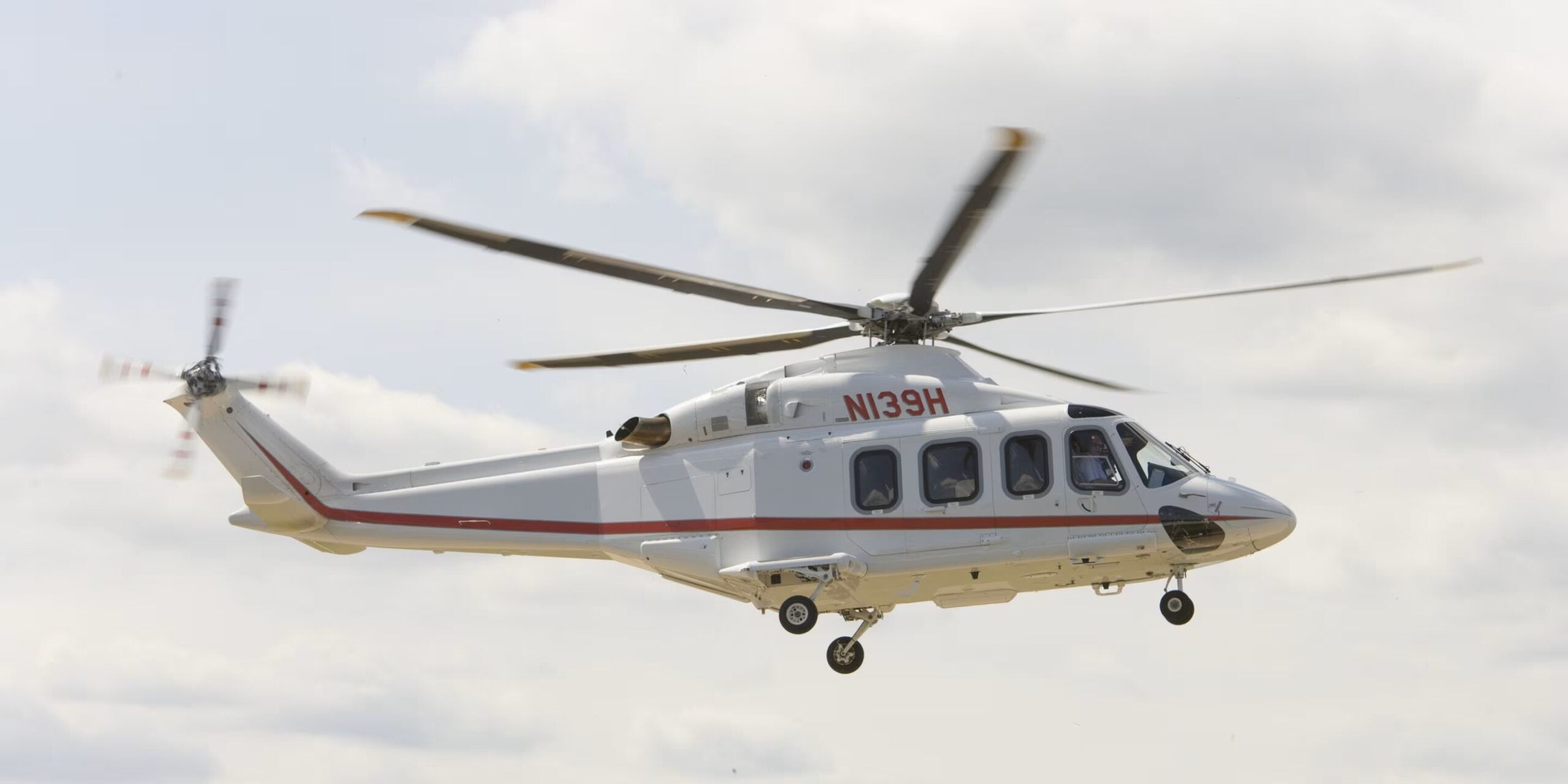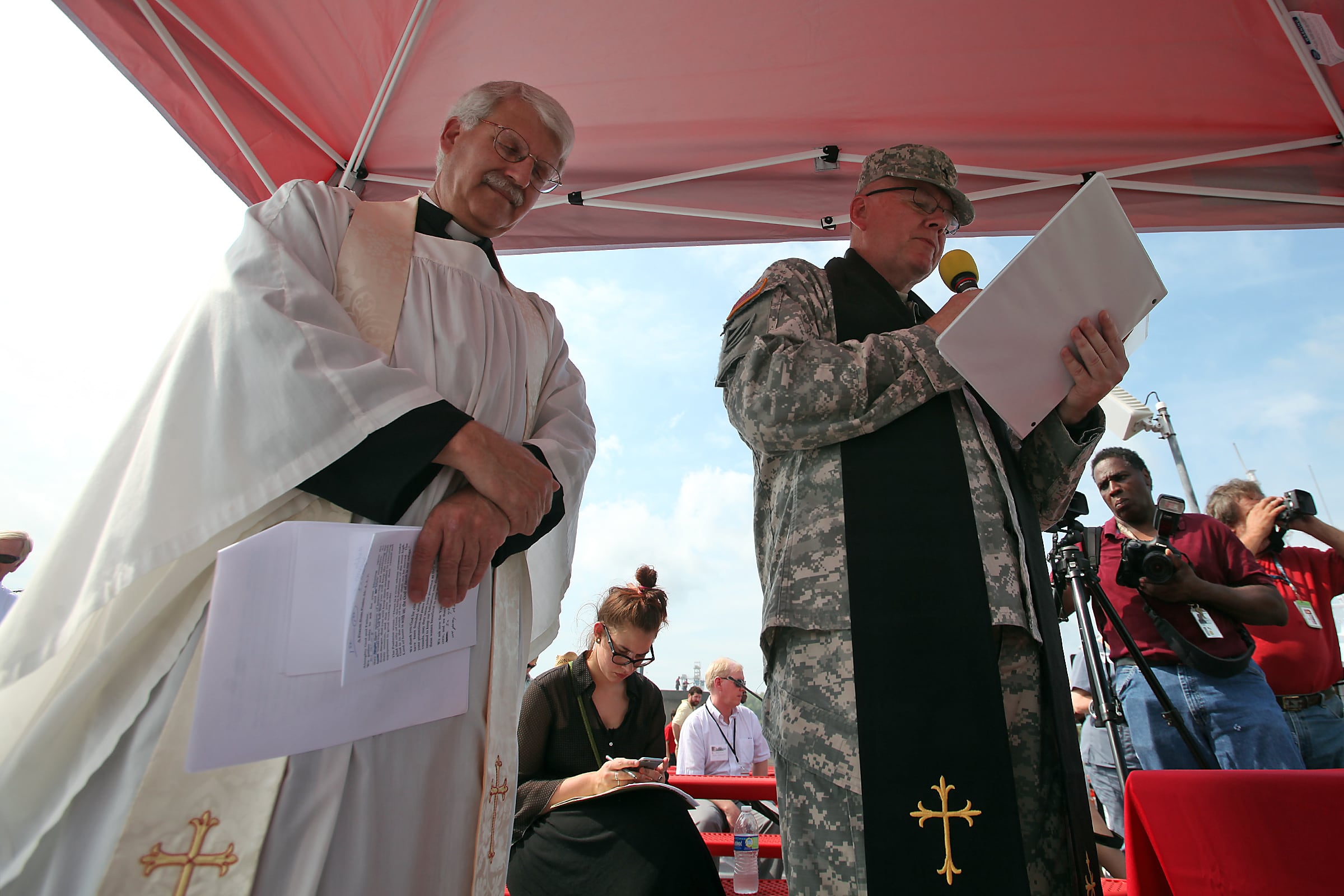A company working with the Marine Corps recently completed its first autonomous test flight of a helicopter as part of a Marine logistics program.
Near Earth Autonomy completed the test flight using a Leonardo AW139 helicopter under the Marine Corps Aerial Logistics Connector program, according to Defence Blog.
The May flight was the first time the company used its onboard autonomy stack to control the flight, company officials told Defence Blog.
“This flight showcases Near Earth Autonomy’s leadership in developing trusted autonomy for real-world operations,” said Dr. Sanjiv Singh, CEO of Near Earth Autonomy. “By directly controlling the AW139’s flight modes with our autonomy system, we’ve shown that scalable autonomous logistics using existing platforms is not just possible, it’s happening now.”
The ALC program is working to deliver an autonomous aerial logistics system that “enhances military readiness and operational flexibility.”
Future tests are planned to expand on autonomy features with automated route planning, obstacle avoidance and logistics system integration.
The test used the Honeywell-owned AW139 as a testbed outfitted with avionics that interfaced directly with the autonomy package. Leonardo, the original manufacturer of the aircraft, provided engineering support for systems integration.
“This successful demonstration is a major step in creating brand new possibilities for not only the USMC, but potentially other helicopter operators as well,” said Bob Buddecke, President of Electronic Solutions at Honeywell Aerospace Technologies.
“Together with Near Earth Autonomy and Leonardo, we’re showing how existing aircraft can be adapted with trusted avionics to support the next generation of defense logistics,” he added. “Uncrewed aircraft will be vital in keeping service men and women safe in contested environments, and we are one step closer to realizing that vision.”
Near Earth Autonomy also received a $790,000 Navy contract to deliver miniaturized autonomy service for the Marine Corps’ Tactical Resupply Unmanned Aircraft System program in April.
The drone allows for rapid resupply and routine distribution with high speed and precision, Near Earth Autonomy told the Robot Report.
“The Firefly autonomy system is designed to give the U.S. Marine Corps a critical edge in contested and complex environments,” Singh said. “By enabling autonomous resupply without the need for pre-mapped routes or clear landing zones, we’re reducing risk to personnel and ensuring that essential supplies reach frontline units faster and more reliably than ever before.
“This capability enhances operational agility and strengthens the Marines’ ability to sustain missions in the most challenging conditions.”
The April award is part of a larger $4.6 million contract.
Near Earth’s technology allows aircraft take off, fly and land autonomously with or without GPS.
The company’s Firefly system provides advanced environmental perception and intelligent flight capabilities. Those allow the system to detect hazards such as trees, buildings, rocks and vehicles.
It can identify safe flight paths and landing zones, allowing for mission planning without prior knowledge of the obstacles. And maintain a high cargo capacity and range.
Todd South has written about crime, courts, government and the military for multiple publications since 2004 and was named a 2014 Pulitzer finalist for a co-written project on witness intimidation. Todd is a Marine veteran of the Iraq War.





